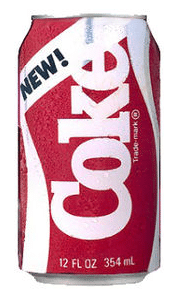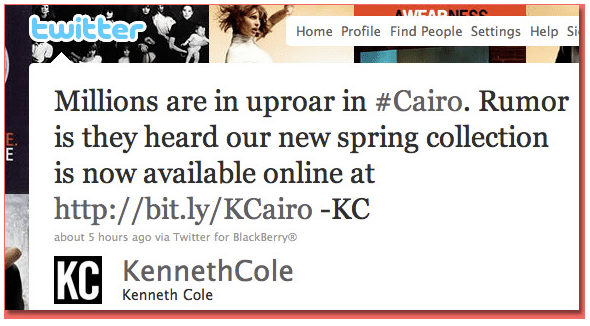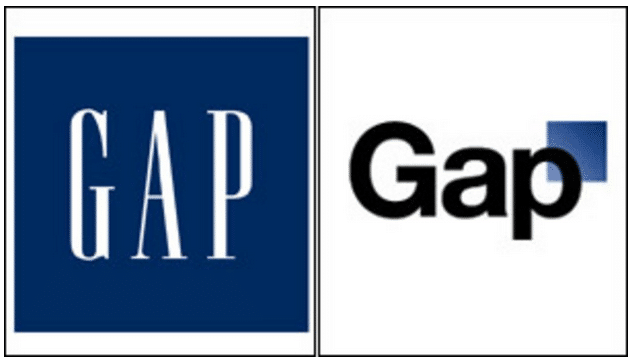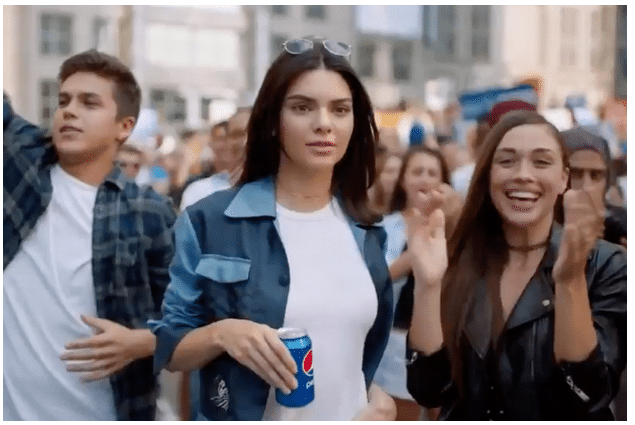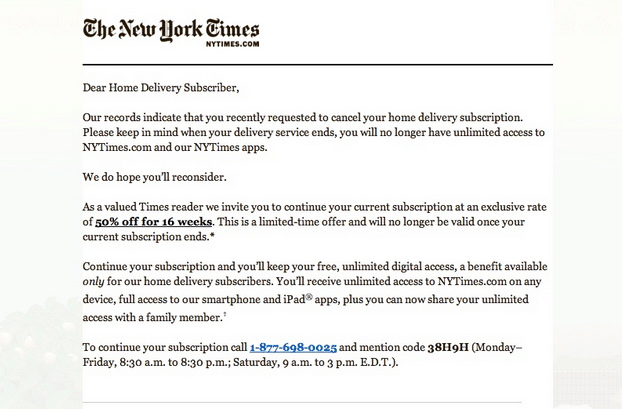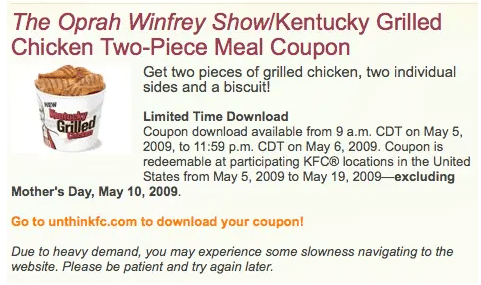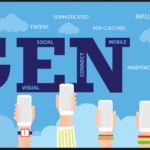A growing number of people recognize the importance of marketing for business success. However, one of the biggest mistakes you can make during marketing campaigns is not taking a look at marketing fails.
Are you ready to explore some of the most memorable marketing fails from famous brands and big companies? These examples of bad marketing have endured the test of time and continue to follow these organizations to this day. Taking a look at older mistakes, such as the New Coke debacle from the 1980s, as well as more recent ones, like the infamous Pepsi ad featuring Kendall Jenner, will help you better understand why all facets of a marketing plan — its research, strategy, execution, and management — must work together in order for it to be successful (as well as what happens when they don’t work together).
After taking a look at these marketing fails, you will see how having a comprehensive marketing plan for your business is crucial to your overall success.
Why Marketing Matters and How to Avoid Marketing Fails?
Marketing can make your business successful, but only if you do it correctly. A marketing mistake can harm your business for years to come and permanently change how your customers see you.
Even huge brands with massive marketing and advertising teams make massive mistakes that haunt them for years to come. This is why strategic, thoughtful marketing is so important. When the creation of marketing deliverables is not in tune with the strategy, research and campaign management, things go awry. Your message will fall flat and will not speak to its target audience. Worst of all, your entire marketing plan might backfire altogether.
Planning, research and implementation must all be integrated and work together toward a singular goal for marketing to be effective. When
The New Coke Switch
In 1985, Coca-Cola got rid of its traditional recipe in favor of a new, sweeter version that they hoped would better compete with Pepsi. Customers, however, hated the taste of New Coke and didn’t like the change that this new product represented. Additionally, in making this change, Coca-Cola basically admitted that Pepsi’s product was superior and that they couldn’t compete with it.
In the wake of the backlash, they eventually changed back to their old formula and embraced their unique brand identity as an American icon. It’s important to be mindful of your brand identity and ensure that your marketing materials actually match it, instead of contradicting it.
The backlash from this major marketing fail resulted in a number of noteworthy highlights, some of which included:
- Several talk show hosts commenting on the marketing fail
- New Coke product boycotts
- Legal action
- Some people in southern cities emptying New Coke bottles in the streets
- More than 400,000 letters and calls directly to the company, with some callers sounding “like they were discussing the death of a family member”
The Kenneth Cole-Cairo Tweet
Back in 2011, Egypt was experiencing significant political and social unrest in the wake of an uprising. A week after the uprising began, fashion designer Kenneth Cole tweeted, “Millions are in uproar in #Cairo. Rumor is they heard our new spring collection is now available online at http://bit.ly/KCairo.”
There was an immediate backlash, as people were offended that he made light of a serious political movement. The tweet was removed and he later apologized, but it’s important to avoid using political unrest as a way to advertise your brand. Not only is it insensitive, but it may also cause the public to lose trust in your business because your marketing team is unaware of how to properly connect with your target audience.
The Gap Logo Change
In 2010, Gap suddenly changed its logo in an effort to be more modern. However, it was a rebranding failure, as there was no reason or shift behind the change. Moreover, they didn’t consult their customers’ opinions on the new logo — which was a mistake, because many of their customers ended up disliking it.
Less than a week later, they switched back to their old logo and learned that they shouldn’t rebrand a company needlessly or without getting customers’ opinions. Incorporating the needs and wants of your target audience into your thoughtful marketing plan, with visuals that match that trajectory of your company, are key components of rebranding.
The Kendall Jenner-Pepsi Ad
Marketing to younger generations differs from marketing to older ones, and many millennials and members of Generation Z won’t appreciate ads with a lack of social awareness. In 2017, Pepsi released an ad featuring Kendall Jenner. At a protest, she gives a police officer a can of Pepsi. He drinks from it, and the crowd goes wild. This commercial didn’t go over well with the public, as it borrowed heavily from imagery associated with the Black Lives Matter movement. People claimed it was highly insensitive and trivializing at best, and racist at worst.
Pepsi pulled the ad and apologized the next day. Just as with the Kenneth Cole tweet, it’s important not to make light of serious issues, especially if they could directly affect your customers. Blending your message, strategy, visual elements, and audience research will allow you to make sure your marketing efforts have the effect you want, without embarrassment or underperformance.
The New York Times’ Email
This is a case of email marketing gone awry. Back in 2011, the New York Times sent out an email to people who had recently canceled their subscriptions. They asked them to reconsider, and offered a discount to encourage them to come back. Instead of sending it to the 300 intended people, however, they accidentally sent it to over eight million people.
Things got worse when the Times tried to deny that they sent the email. They admitted their mistake and honored the discount for a certain number of customers, but it’s a good reminder to always double-check who you’re sending emails to. Gaffs like this one can indicate that you’re out of touch with your customers and other departments in your business. You need to present a unified front that matches and supports your business’s brand and marketing strategy.
The Oprah-KFC Giveaway
In 2009, Kentucky Fried Chicken (KFC) promoted a giveaway for two pieces of grilled chicken, two side dishes, and a biscuit on “The Oprah Winfrey Show.” More people wanted to claim this deal than KFC accounted for, and they didn’t honor the deal for millions of customers. It actually ended up going to court, which resulted in a $1.575 million settlement, forcing KFC to honor their deal for customers who had the original coupons.
The ultimate lesson to learn here is to never make promises you can’t keep. Giveaways can be a great way to generate interest in your business, but only if you have the means to back them up. It just goes to show that even a well-planned marketing strategy can go wrong if your response to an unexpected situation is contradictory to your plan.
Final Thoughts
There are many different ways you can have marketing mishaps, and you need to be careful when planning and executing all your different strategies. You can make mistakes with your content distribution, email marketing, or even your company website — all of which could end up harming your business and brand.
Want to learn how to create a marketing campaign that doesn’t turn into a marketing fail? Contact IGW today!


